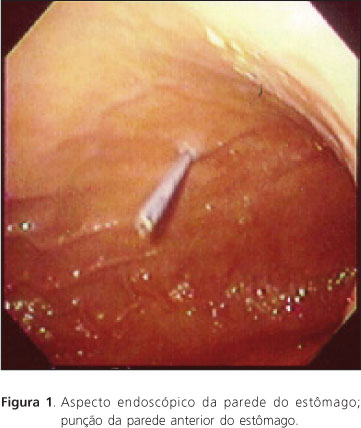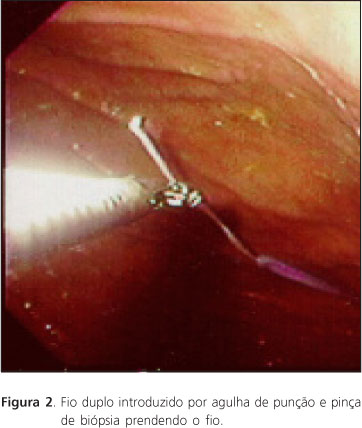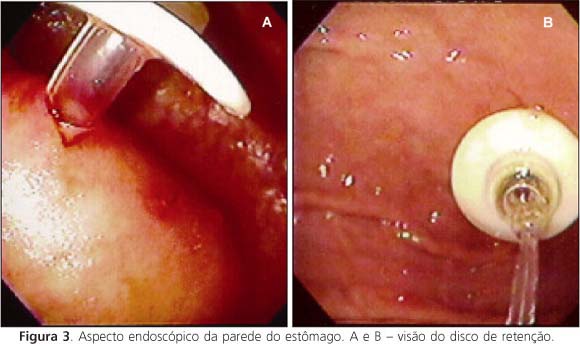Percutaneous endoscopic gastrostomy is an alternative way to administer enteral diets. It is a procedure requiring no anesthetic or abdominal incision as required in open surgical gastrostomy. The main objective of percutaneous endoscopic gastrostomy is to prevent deterioration of the nutritional status and improve the quality of life and it is now the method of choice when the patient requires an enteral diet for more than a month. Complications occur in 1.0% to10.0% of the cases and mortality in 0.3% to 1.0%. This paper deals with aspects relevant to this method of enteral feeding, how to improve handling procedures and deal with the patients who use it, commenting on the indications and contraindications for its use, placement techniques, materials used for the probes, prophylactic antibiotics, start-up of its use and costs, in addition to discussing some of its complications and legal and ethical aspects.
enteral access; complications; indications; enteral nutrition; nutritional support



